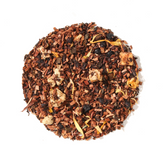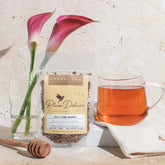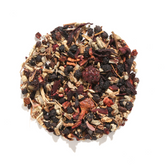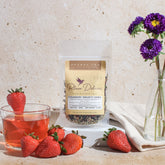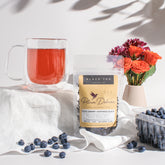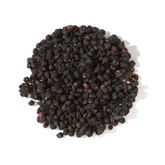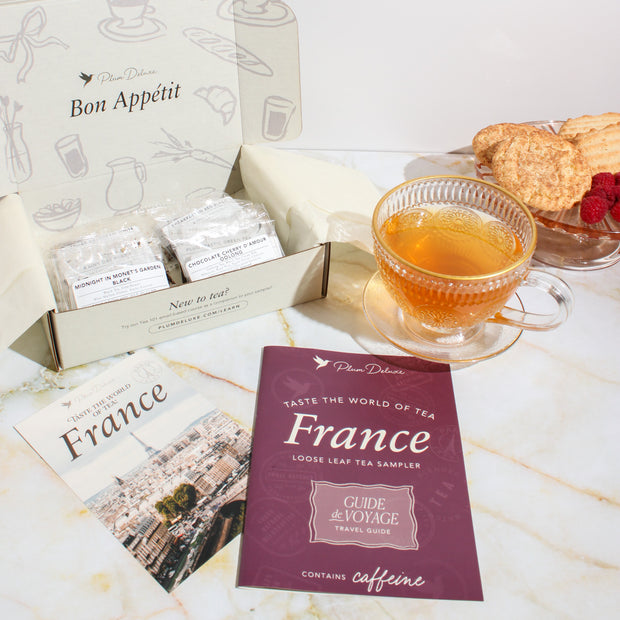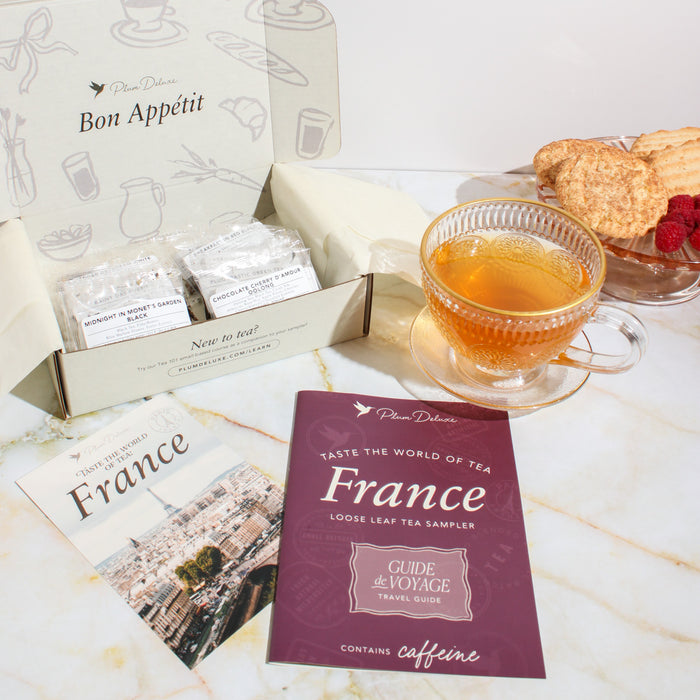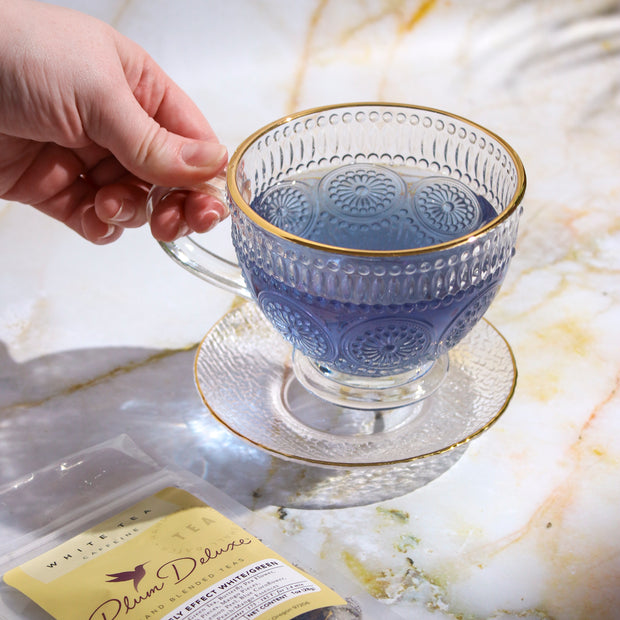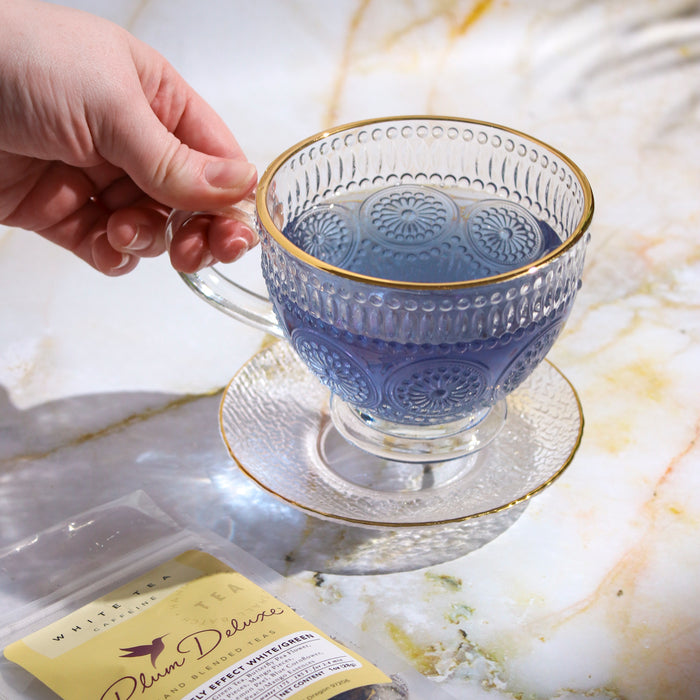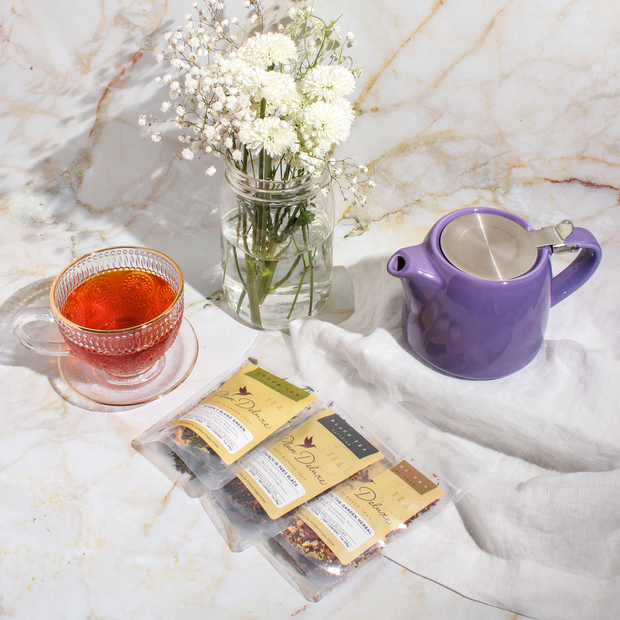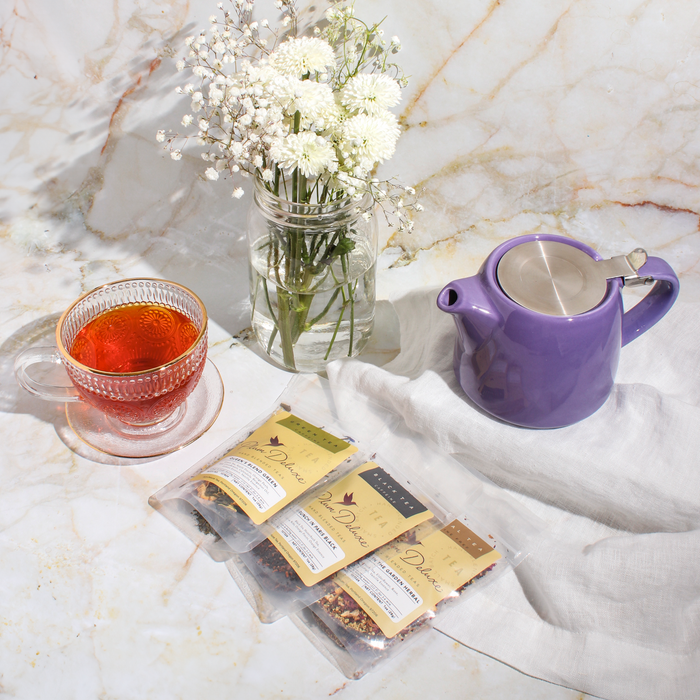Wabi, loosely translated, means simplicity (in the sense of elegance or rustic)
Sabi, loosely translated, means beauty (in the sense of well-worn, aged)
However, wabi sabi is something more essential, deeper than just appreciating the refined simplicity of something well-worn. It's a bigger philosophical thought.

I first heard of wabi sabi via a Japanese legend. The story goes that a young man set out to learn about the customs and magic of the tea ceremony. The tea master he approached asked the young man to tend to his garden.
In a zeal to impress, he swept and raked and spruced and polished until the garden was incredible immaculate, not a leaf out of place. Before showing the master his handiwork, he shook a cherry treat, causing a few petals to float randomly down onto the ground.
If you can appreciate the "random" addition of the petals to an otherwise fine setting, then you can appreciate wabi sabi. (After all, some petals would have fallen anyway, right?)
Wabi sabi, in a nutshell, is accepting things as they are, knowing that even imperfect things are perfect in their own way. Because the garden was not perfect, it was perfect.

Wabi Sabi Examples
I know you've experienced wabi sabi in your life without knowing it. A common example: a favorite mug or cup and saucer, chipped but still cherished because of the story behind it; maybe it came from a special place or was gifted from a special person. In some cases, the chipped piece makes it feel even more precious and special, no?
Food is another one. While sliced bread is nice, sometimes bread torn from the baguette tastes better, even if it's uneven. Or how about cookies that are misshapen -- they taste better than those perfectly circular ones, and you can see the love through those jagged lines.
And one last wabi sabi example -- and my favorite -- wildflowers. There's something delightful in allowing Mother Nature to pick the color arrangements and layouts. And although a vase on the dinner table filled with wildflowers isn't perhaps as elegant or pristine as one from the florist, it has something special about it, something divinely simple and touching that you can't put your finger on. That's wabi sabi.

3 Quick Ways to Practice Wabi Sabi This Week
Trying to give you rules or specific actions to "practice" wabi sabi would be counter to the entire concept of allowing elegance and simplicity to take place. However, consider these three guidelines as something useful for you to consider over the next week.
- Edit. Less is more, as the saying goes, so when there is an opportunity to declutter, pair down, simplify -- do so. This will allow you to more appreciate what is left.
- Enjoy "old" things. Whether this is just bringing on old dresser back to life with a fresh coat of paint instead of throwing it out and buying a new one, or rotating your vintage jewelry through your daily wear, make sure that the well-worn things in your life are taken care of and appreciated. Nothing in life should be too pretty, too precious to be enjoyed.
- Let go of perfection. Easier said than done, certainly, but just a friendly reminder -- and perhaps a wonderful place to end our discussion.

Chipped teacup photo by Toshiyuki IMAI.
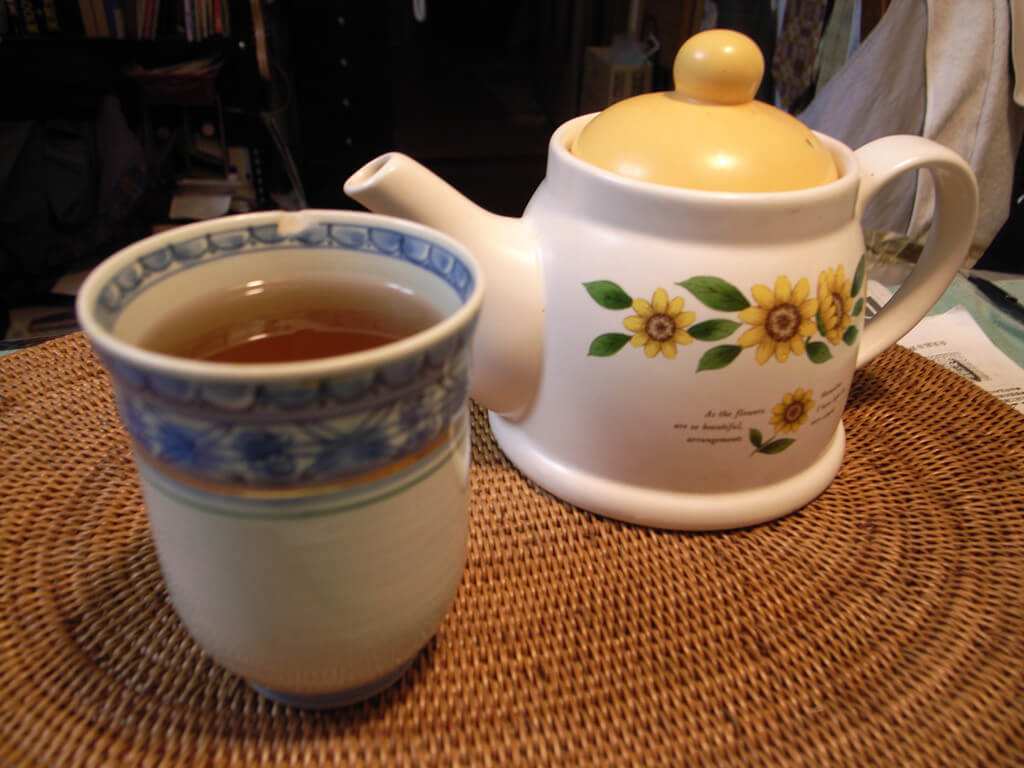
![Spring Tea Variety Pack [6-Pack Variety of Flavors]](http://www.plumdeluxe.com/cdn/shop/files/night-blooms-variety.jpg?v=1709167159&width=165)


